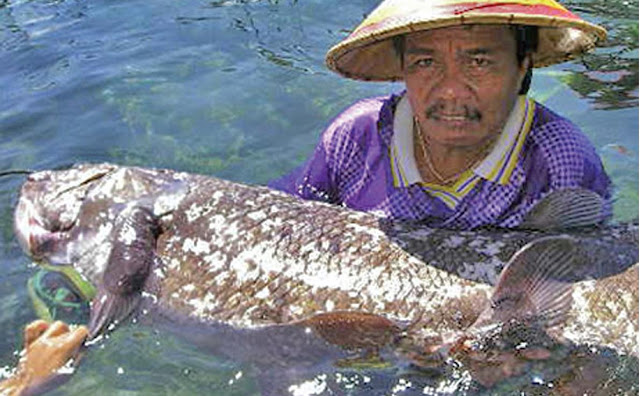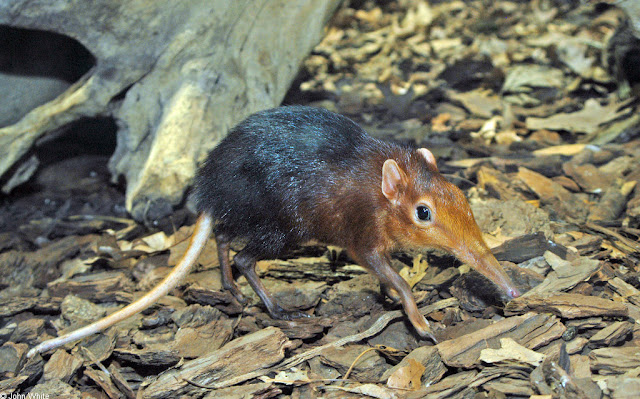Beauty Of Animal | Moray eel | Moray eel is a large species of eel found in warm and temperate waters throughout the world. Although the snake-like appearance, moray eels (along with other eel species) in fish facts and not reptiles. Eels are found in both deep and shallow waters in tropical and sub-tropical. Although eels can be found in the cold waters sometimes, they tend to remain in the cracks in the sea rather than venturing to the beach. The largest population of eel found around tropical coral reefs where they are different marine species are found in large numbers.
There are about 200 different species of moray eels than can range in size from just a 10cm length of almost 2 meters in length. Despite their varied sizes and colors all eels are quite similar in appearance to the body elongated, slightly flattened toward the tail. Eels also has large eyes and a mouth that contains large teeth. Moray eels are animals relative secrecy, spent a lot of time hiding in holes and crevices among rocks and coral on the sea floor. By spending most of their time hiding, moray eels can still be seen from predators and also able to ambush any unsuspecting prey that passes.
There are about 200 different species of moray eels than can range in size from just a 10cm length of almost 2 meters in length. Despite their varied sizes and colors all eels are quite similar in appearance to the body elongated, slightly flattened toward the tail. Eels also has large eyes and a mouth that contains large teeth. Moray eels are animals relative secrecy, spent a lot of time hiding in holes and crevices among rocks and coral on the sea floor. By spending most of their time hiding, moray eels can still be seen from predators and also able to ambush any unsuspecting prey that passes.
Kinds Of Eel:
As with many other large fish, moray eels are carnivores living on a diet consisting of meat alone. Fish, molluscs including squid and cuttlefish, and crustaceans such as crabs are the main source of food for moray eels. Moray eel is often one of the most dominant predators in the environment but moray eels hunt by some other animals, including other large fish such as grouper and barracuda, sharks and humans.
Eels tend to marry when warm water towards the end of summer. Fertilization moray eels are oviparous, which means that the egg and sperm are fertilized outside the womb, in the surrounding water, known as spawning. More than 10,000 eggs can be released at the time, which develop into larvae and become part of the plankton. It can take up to one year for moray eel larvae have grown large enough to swim into the ocean to join the community.
Eels tend to marry when warm water towards the end of summer. Fertilization moray eels are oviparous, which means that the egg and sperm are fertilized outside the womb, in the surrounding water, known as spawning. More than 10,000 eggs can be released at the time, which develop into larvae and become part of the plankton. It can take up to one year for moray eel larvae have grown large enough to swim into the ocean to join the community.
Find Here The Kinds Of Animals and Flora and Fauna


















































